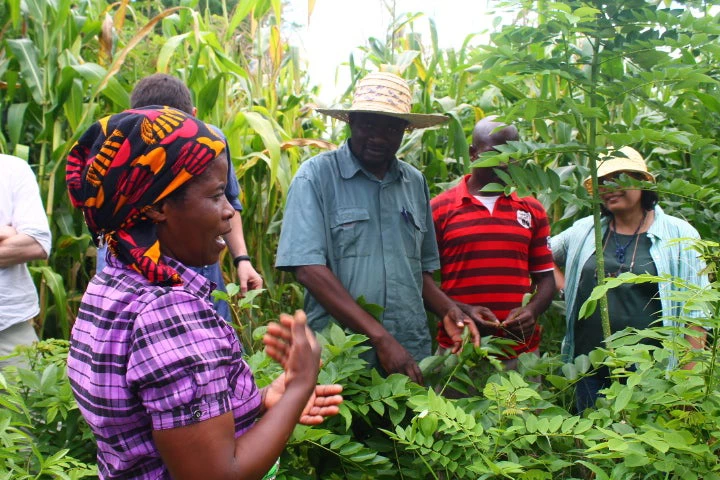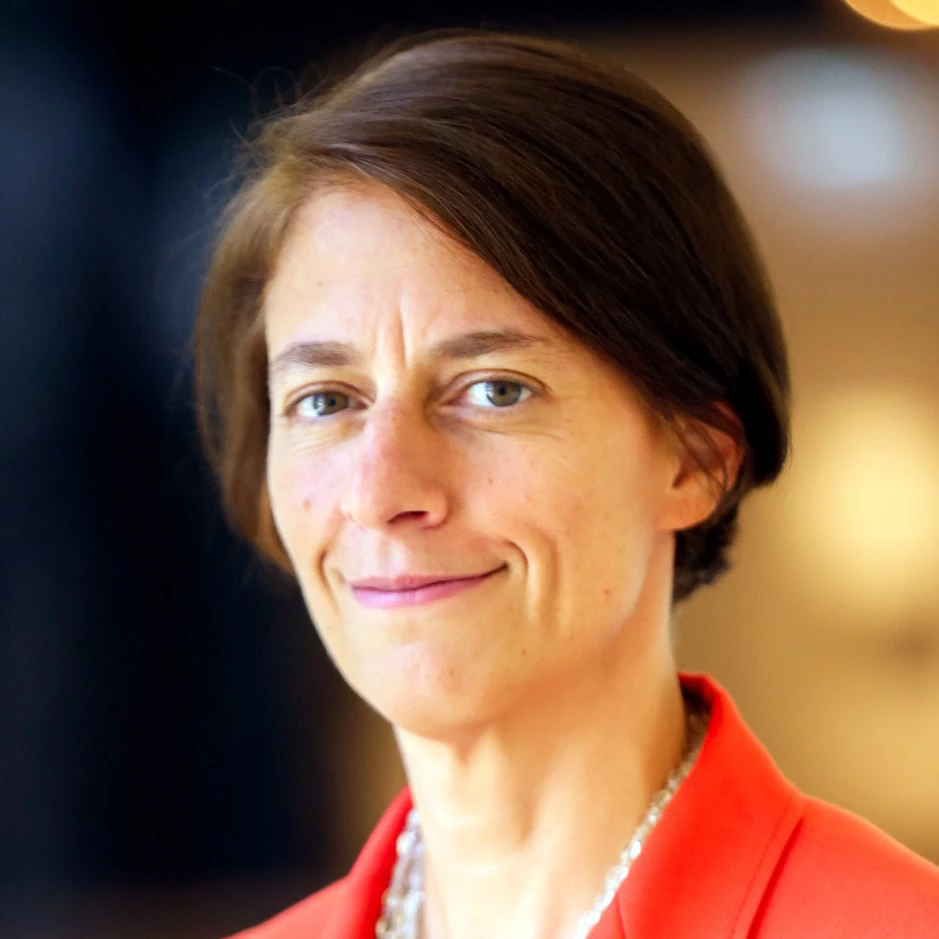
New York this week plays host to Climate Week 2015, where business and government leaders are convening to make pledges and commit to actions to demonstrate that development does not have to come at the expense of the environment.
One year ago this event was a forum for the New York Declaration on Forests, a public-private compact to end natural forest loss by 2030.
Now one year on, the World Bank Group remains an active partner working with countries and companies to help turn forestry commitments into actions on the ground.
The biggest threats to the world’s existing forests come from outside the canopy - for example from commercial expansion, slash-and-burn agriculture and infrastructure development.
To solve the problems of deforestation, countries need to involve not just the ministries of forestry but all relevant ministries - including finance, planning, environment, agriculture and central banks.
That’s where the Bank Group comes in, using its convening power to bring the different ministries together for an agreed approach to sustainable land use planning.
Public-Private Partnerships
However, it takes more to decouple deforestation from agricultural expansion and the other imposing pressures on the forest. Private sector action around deforestation-free agriculture production is critical .
The Bank’s forests and landscapes climate funds, in close cooperation with the private sector arm, the International Finance Corporation (IFC), are working closely with a number of companies on building public-private partnerships around sustainable beef, soy, cotton, coffee, and palm oil production.
And when companies come forward with deforestation commitments, the IFC can play a key role in providing technical assistance and a broad set of investment tools to help these companies develop action plans and reduce risks associated with achieving their pledges.
Just last week on the anniversary of the New York Declaration on Forests Cargill came forward with a Policy on Forests and Forest Protection Action Plans outlining measures to deliver on its endorsement of the Declaration.
This includes exploring approaches to addressing deforestation in Zambia around the cotton supply chain and support to the World Bank-funded Zambia Integrated Forest Landscape Program.
The program aims to improve rural livelihoods and wildlife conservation through sustainable land management practices that reconcile the competing demands on the land, including establishing community conservation areas and Game Management Areas.
Building on Results
[[avp asset="/content/dam/videos/sdn/2018/jun-1/biocarbon_fund_project_level_hd.flv"]]/content/dam/videos/sdn/2018/jun-1/biocarbon_fund_project_level_hd.flv[[/avp]]
For the past decade, the Bank Group has been innovating on land use and carbon finance . Established in 2004, the World Bank’s BioCarbon Fund was the world’s first carbon fund focused on forest and agriculture projects.
Today, the Bank Group is taking the lessons learned from that decade of working at project level and is expanding the efforts of its forest funds to make an impact across the entire landscape - considering the trade - offs and synergies between different land-uses that may be competing, such as agriculture, energy, and forest protection and successfully identify integrated solutions that serve multiple objectives.
The World Bank’s forest funds are currently working in 15 countries with large-scale programs to help make the link between development and promoting low carbon growth.
In Ethiopia, a land regeneration project over 2,700 hectares that engaged local farmer cooperatives in the country’s southwestern mountainous region provided practical knowledge and regional experience which paved the way for a large-scale under development across all forested landscapes across the Oromia regional state spanning 8.7 million hectares of forest.
In Zambia, a successful sustainable land management pilot project on over 270,000 hectares of land with Community Markets for Conservation (COMACO) served as the precursor to an integrated forest landscape program focused on Zambia’s Luangwa Valley implementing sustainable agriculture and forest management activities to reduce greenhouse gas emissions. The program is expected to cover 6 million hectares.
A partnership with the pencil producer Faber-Castell in Colombia’s El Magdalena watershed region created jobs for the local community and helped rehabilitate over 3,000 hectares of degraded land. The partnership provided lessons for a program that optimizes different land uses in one of the world’s last agriculture frontiers—Colombia’s Orinoquia region—over 28 million hectares and four Colombian departments.
The World Bank is helping countries to count and account for their greenhouse gas emissions from land use. Although we have built a lot of experience, this is not an easy agenda. For success, it requires full government support, at the highest level. Through the landscape approach we are working to demonstrate the concept of sustainable land use for lasting economic growth.
While the world looks ahead to December’s climate change conference in Paris, action is being taken on the ground in countries like Colombia, Zambia and Ethiopia generating experience and know-how to reduce greenhouse gas emissions through smart land use decisions.
Communities in turn benefit from the economic and environmental benefits healthy forests and landscapes provide, which boost resilience to climate shocks, provide clean drinking water and access to food, fodder and energy forest resources.
To know more:
Ten Years of BioCarbon Fund Activity (Booklet) (Video)
BioCarbon Fund Initiative for Sustainable Forest Landscapes
Forest Carbon Partnership Facility (FCPF)
Forest Investment Program
Program on Forests


Join the Conversation